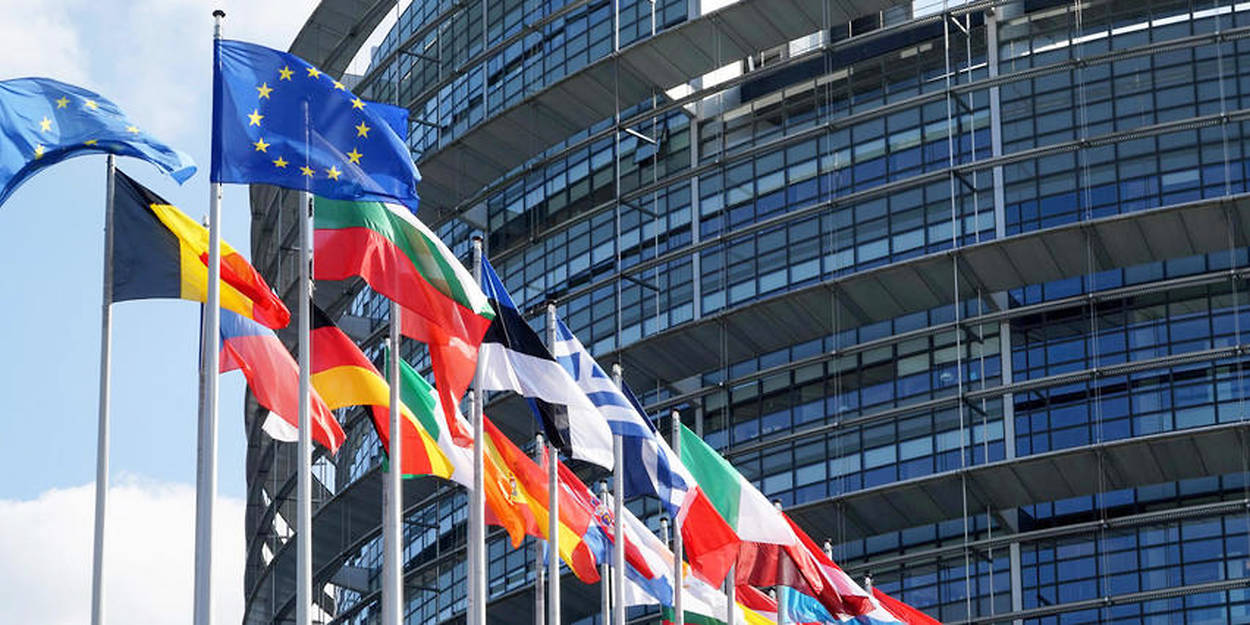High-technology sectors are considered key drivers of economic growth and productivity and often provide well-paid employment opportunities. In 2022, there were 9.8 million people employed in high-technology sectors across the EU, corresponding to 4.9% of the EU’s total employment. The gender representation in this sector sees men accounting for just over two-thirds (67.2%) of the total.
At the regional level (NUTS 2 regions), the French (Ile-de-France) and Spanish (Comunidad de Madrid) capital regions registered the highest number of people employed in high-technology sectors, 420,000 and 289,000, respectively. They were followed by three regions, which recorded more than 200 000 persons employed in high-technology sectors: Oberbayern in southern Germany, Lombardia in northern Italy and Cataluña in eastern Spain.
At the bottom end of the distribution, there were 5 regions with less than 3 000 persons employed in high-technology sectors: the southern Italian region of Molise, together with four Greek regions – Anatoliki Makedonia, Thraki, Peloponnisos, Ipeiros, and Sterea Elláda.
Women accounted for almost one-third (32.8%) of the total number of people employed in the EU’s high-technology sectors in 2022.
The share of women in high-technology employment across NUTS 2 regions, ranged from a high of 50.2% in the Hungarian region of Nyugat-Dunántúl down to 8.3% in the Greek region of Thessalia. In fact, Nyugat-Dunántúl was the only region in the EU (at this level of detail) where there were more women than men employed in high-technology sectors. The next highest shares of female employment were recorded in the Italian region of Marche (48.6%) and another Hungarian region, Észak-Magyarország (48.1%).

Source dataset: htec_emp_reg2
Would you like to know more about education and training in the EU?
You can read more in the dedicated section of the Regions in Europe – 2023 interactive edition and in the dedicated chapter in the Eurostat regional yearbook – 2023 edition, also available as a Statistics Explained article. The corresponding maps in the Statistical Atlas provide a full-screen interactive map.
More information
- Thematic section on science, technology and innovation
- Database on science, technology and innovation
- Thematic section on regions
- Database on regional statistics by NUTS classification
Methodological notes
- High-technology sectors are defined here as high-technology manufacturing sectors (the manufacture of basic pharmaceutical products and pharmaceutical preparations; the manufacture of computer, electronic and optical products) and knowledge-intensive high-technology services (motion picture, video and television programme production, sound recording and music publishing activities; programming and broadcasting activities; telecommunications; computer programming, consultancy and related activities; information service activities; scientific research and development). The distinction between manufacturing and services is made due to the existence of two different methodologies.
- The statistics presented on employment in high-technology sectors cover all people (including support staff) who work in these enterprises, and as such will overstate the number of highly qualified workers.
If you have any queries, please visit the contact page.



